This website uses cookies so that we can provide you with the best user experience possible. Cookie information is stored in your browser and performs functions such as recognising you when you return to our website and helping our team to understand which sections of the website you find most interesting and useful.
Your support helps us to tell the story
This election is still a dead heat, according to most polls. In a fight with such wafer-thin margins, we need reporters on the ground talking to the people Trump and Harris are courting. Your support allows us to keep sending journalists to the story.
The Independent is trusted by 27 million Americans from across the entire political spectrum every month. Unlike many other quality news outlets, we choose not to lock you out of our reporting and analysis with paywalls. But quality journalism must still be paid for.
Help us keep bring these critical stories to light. Your support makes all the difference.
Antigua is renowned for its coastline. This Caribbean island – one ‘half’ of the country of Antigua and Barbuda – offers a beach for every day of the year.
And while you may need weeks to explore all of these, you’d want far longer to fully explore Antigua. The island contains a range of activities that belies its modest size, from exploring colonial towns to kayaking around Caribbean islets.
English Harbour, Nelson’s Dockyard and the capital provide daytime entertainment, nightlife and opportunities to learn about this captivating country. A day trip to Barbuda is always an option – as is lying on a picture-perfect beach – but be sure to see inland too, from the island’s thick rainforest to the sweeping views available from Shirley Heights.
A little research will go a long way on this island, so here’s a selection of the best things to do when you visit.
Read more: Why you should visit the Caribbean island you’ve never heard of
Tour the capital
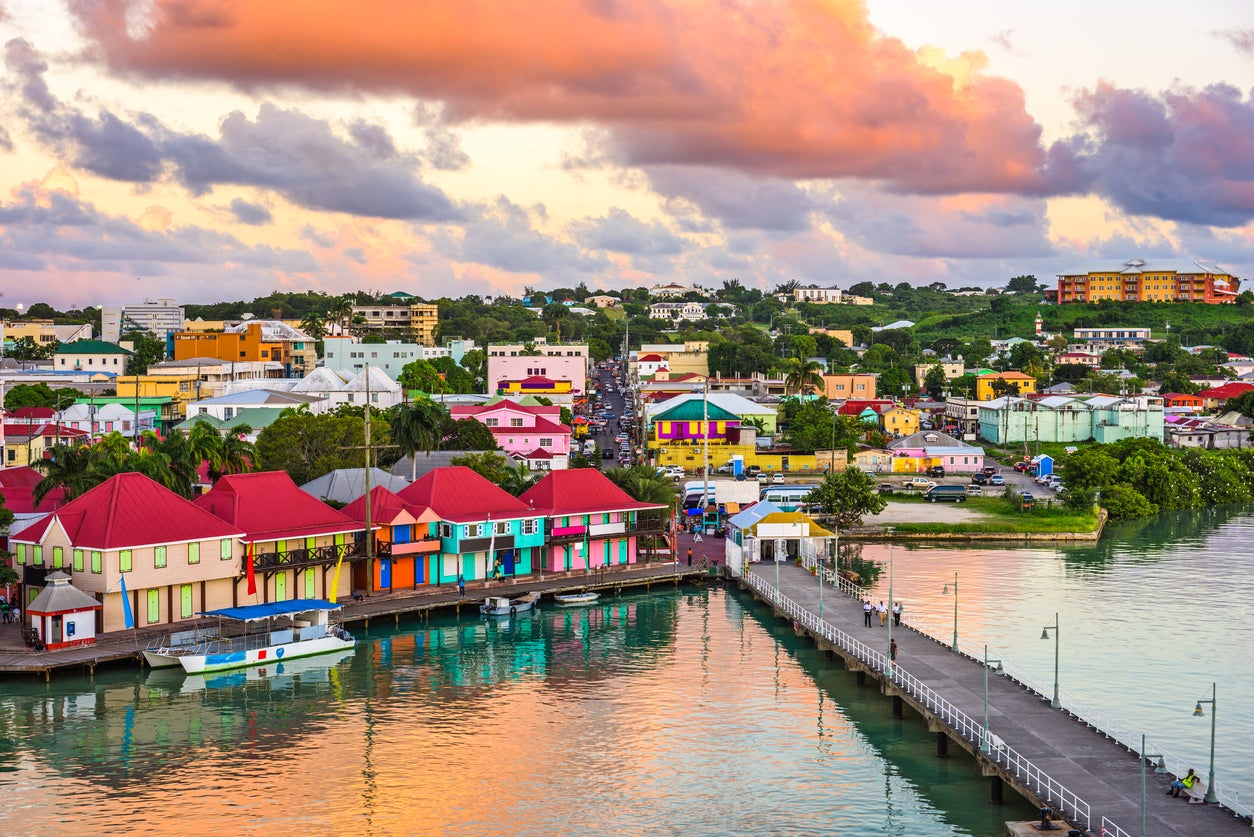
St John’s has long been a popular destination for Caribbean cruises, but nowadays this colourful capital is more than just a brief stop-off point. Tropical vegetation covers the hills that climb up from the harbour, with several charming Caribbean buildings scattered throughout.
The capital is home to many of Antigua’s main heritage sites, including the ruins of 18th-century British forts (Fort Barrington and Fort James), the city’s cathedral and the Museum of Antigua and Barbuda. Two of the city’s two most popular neighbourhoods, Heritage Quay and Redcliffe Quay, are known for their colourful architecture, local vendors and some of the island’s best shops and restaurants. They remain two of the most characterful places in the city despite occasionally being filled with cruise passengers.
There are a handful of beaches near the capital that offer both relaxation and water sports (more on them below), and those looking for a little more activity can visit the Cedar Valley Golf Club, home to the island’s only 18-hole championship course.
Read more: The best Caribbean cruises for a holiday
Catch a sunset at Shirley Heights
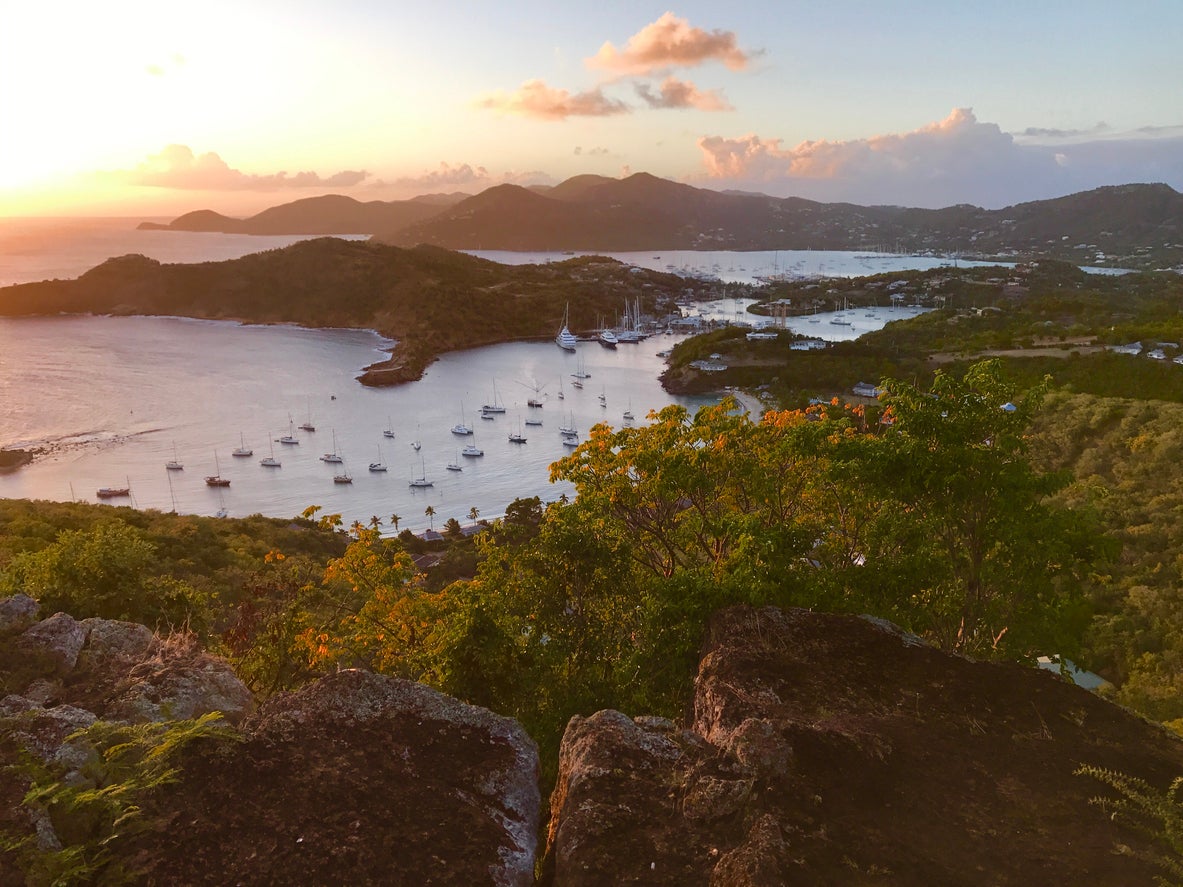
Hike up to Shirley Heights for one of the best views in the country. This old military viewpoint stands over Nelson’s Dockyard and English Harbour and looks out onto azure waters as far as the neighbouring islands of Guadeloupe and Montserrat. Though it stands just 150 metres above sea level, the hike to the top is reasonably challenging, and there are taxis to take less adventurous visitors to the top. Visit on Sunday to see the area at its most atmospheric, when vendors sell food and rum and bands play as the sun goes down.
Discover the island’s beaches
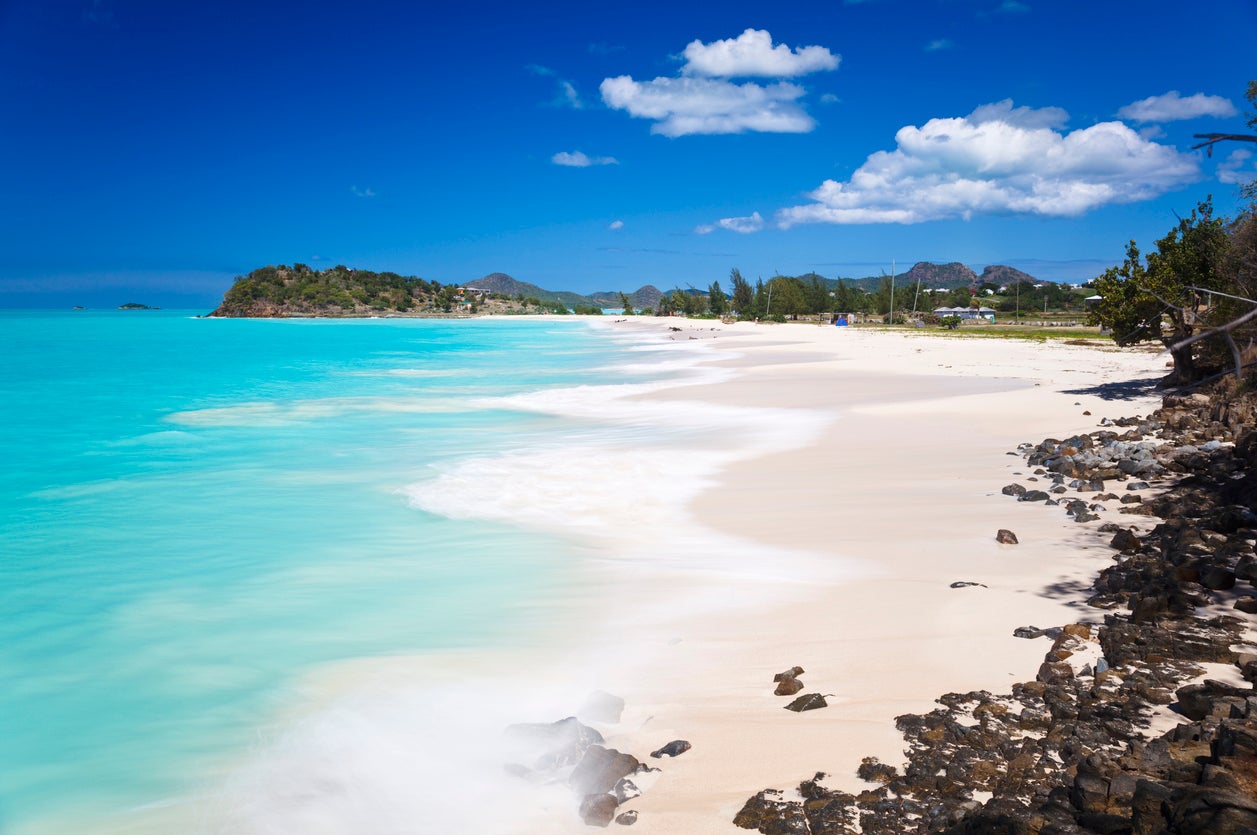
It pays to do some research when visiting an island that has a different beach for each day of the year. Depending on where you base yourself, there may be nearby town beaches, large bays or secluded coves, but considering the size of the island, you’ll likely be able to visit a few different coastlines during your trip.
Unlike those in other popular destinations, Antigua’s ‘fully equipped’ beaches still provide an abundance of natural beauty alongside their variety of restaurants, bars and water sports. Dickenson Bay, Long Bay, Fort James Beach and Hawksbill have all the amenities dotted along their sands, but those who crave remoteness and real peace should head to Half Moon Bay, Rendezvous Bay or Ffryes Beach to discover some of the most beautiful places on the island.
Read more: Antigua travel guide: Everything to know before you go
Take a day trip to Barbuda
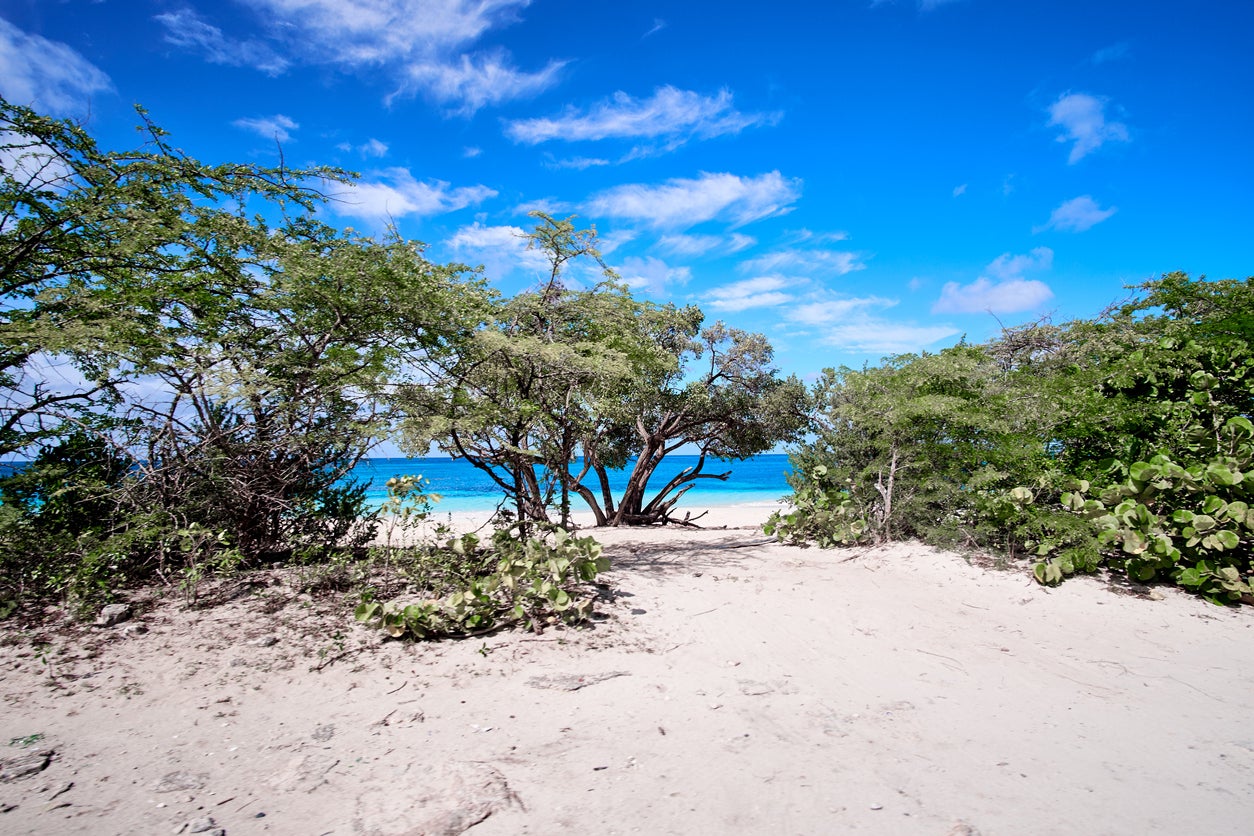
Antigua lies just 90 minutes away by boat from the other part of the country. The two islands are separated by around 30 miles of the Atlantic Ocean, and tourists can take a quick journey between the two with round trips that cost about £70 (these usually leave early morning, around 7am, and return mid-afternoon).
Barbuda is far smaller than Antigua but still boasts enough to fill a day trip, from the coral sands of Pink Sand Beach to the 170 bird species in the Codrington Lagoon. Notable spots include the only major settlement, Codrington, and the sparkling white sands of Princess Diana Beach, named so because of the late royal’s love of holidaying there.
See Nelson’s Dockyard National Park

This national park is one of the main landmarks in Antigua and is home to several of its highlights, from the aforementioned Shirley Heights to the annual Antigua Sailing Week. It stretches across the island’s southern coastline, offering 12 miles of hiking trails, Unesco-listed Georgian buildings and the charming, often busy, waterfront of English Harbour.
As well as offering sweeping views across the water (both at sea level and Shirley Heights), the area is popular for tourists keen to learn about local history (whether that of the island at Dow’s Hill Interpretation Centre, slavery at 8th of March Project or archaeology at the Rum in the Ruins tour), enjoy a meal with a view or simply stroll around the picturesque grounds.
Visit English Harbour for the Friday fish fry
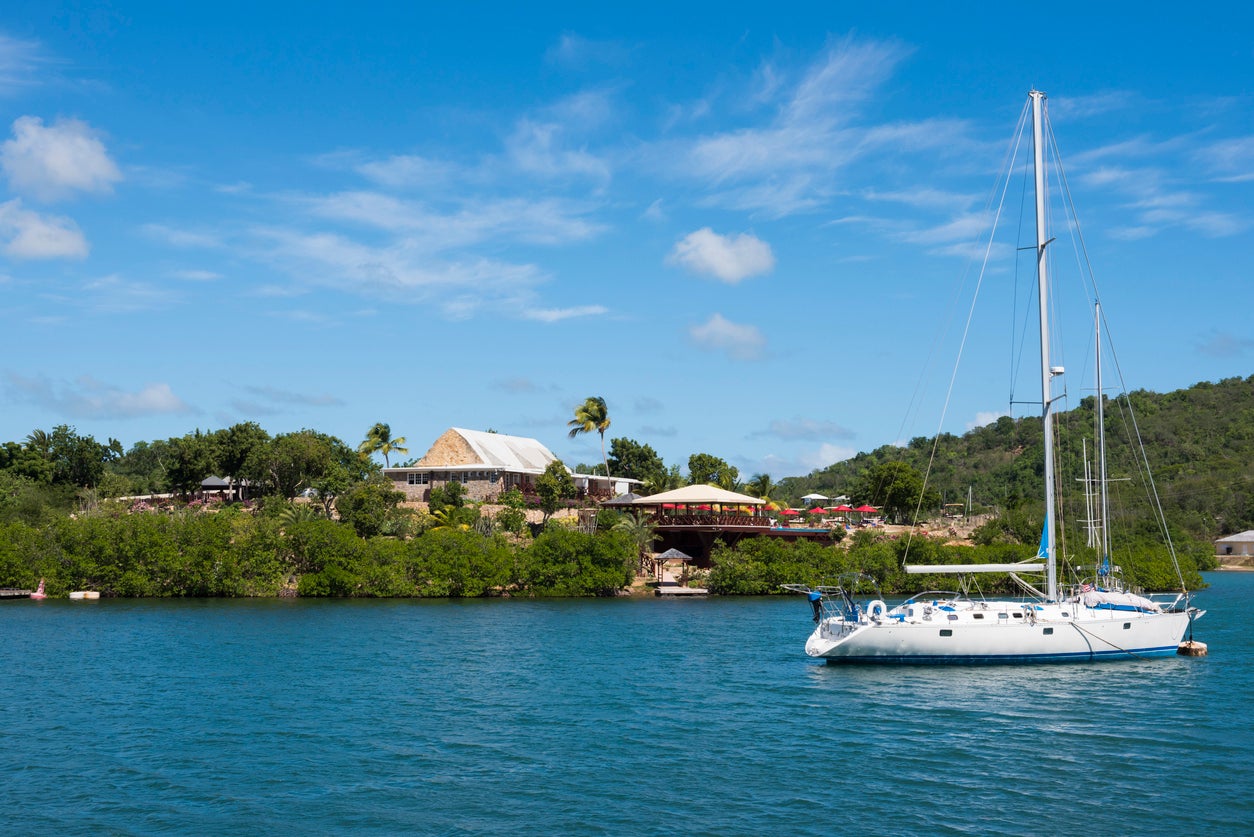
English Harbour sits across the water from Nelson’s Dockyard, and the two are often visited together as some of Antigua’s main attractions. The ‘harbour’ is actually a small town spread around a natural harbour, and on Friday nights both the Harbour and the Dockyard come alive for ‘Seafood Fridays’, with the most notable event held at the Copper and Lumber Store Hotel in English Harbour. Expect fried conch and grilled lobster alongside live music and free-flowing drinks.
Explore Betty’s Hope and the Devil’s Bridge
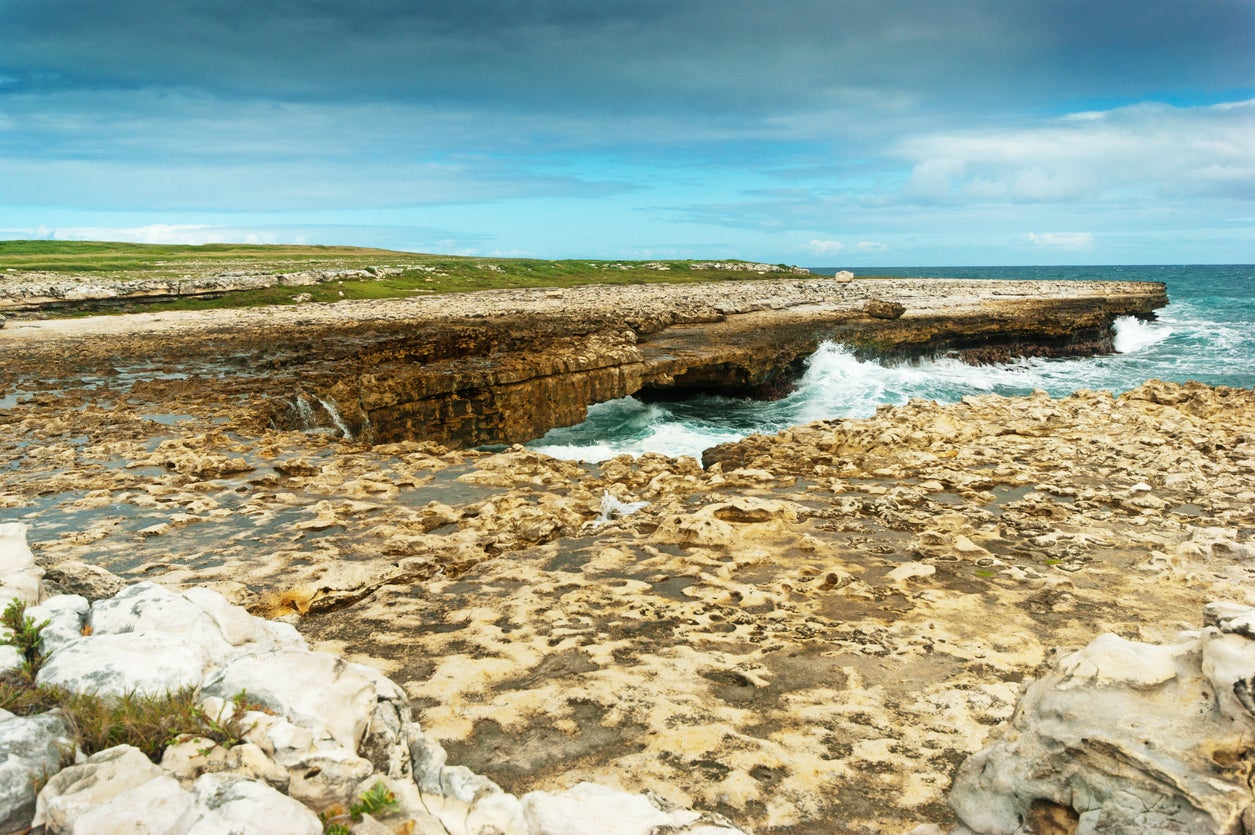
Two of the island’s highlights lie close to each other in the east, so it makes sense to explore both within the space of a few hours. You’ll likely arrive at Betty’s Hope first; this former sugar plantation, originally constructed in 1650, is the best preserved of Antigua’s 100 sugar mills and is now an open-air museum where visitors can learn about the lives of those affected by the slave trade, the history of plantations and the process behind sugar production.
Carry on east to arrive at Devil’s Bridge, part of the eponymous national park and one of Antigua’s most striking natural sites. A mile-long road takes you to the ‘bridge’ itself; a natural limestone arch under which roll the crashing waves of the Atlantic.
See some wildlife
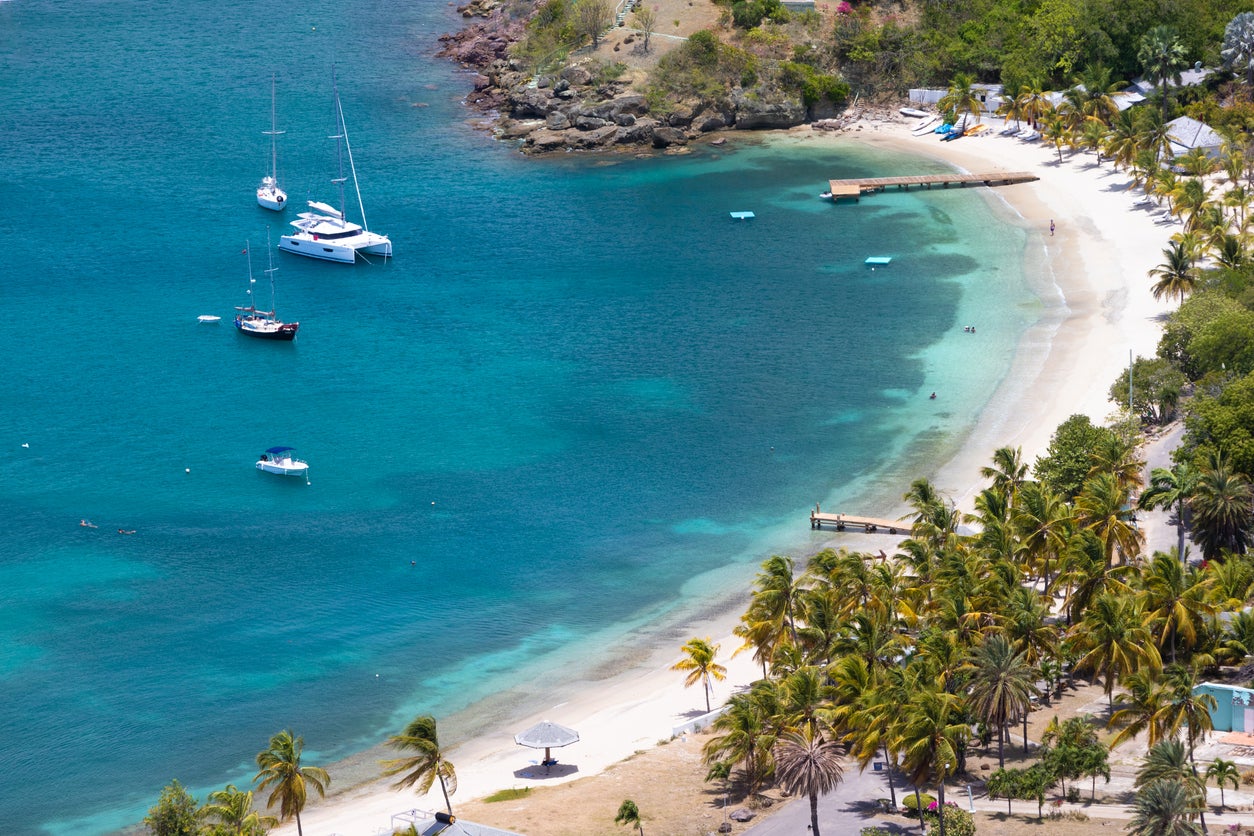
Antigua offers visitors several opportunities to see local wildlife, both in animal sanctuaries and in their natural habitats. If you prefer to observe animals in their own homes, head first to Stingray City, an area of shallow water near the mainland where the local stingray population has become attuned to interacting with humans. Near Galleon Beach lie the Pillars of Hercules, a rock formation that is home to plenty of turtles that can be seen during snorkelling trips.
If you prefer to stay (mostly) on land, make a journey to Laviscount Island, where giant tortoises, iguanas and macaw parrots are all commonly seen. Families will enjoy the Donkey Sanctuary, where 150 donkeys roam a 43-acre site (visitors can feed, groom and even adopt the animals).
Hike through the inland rainforest
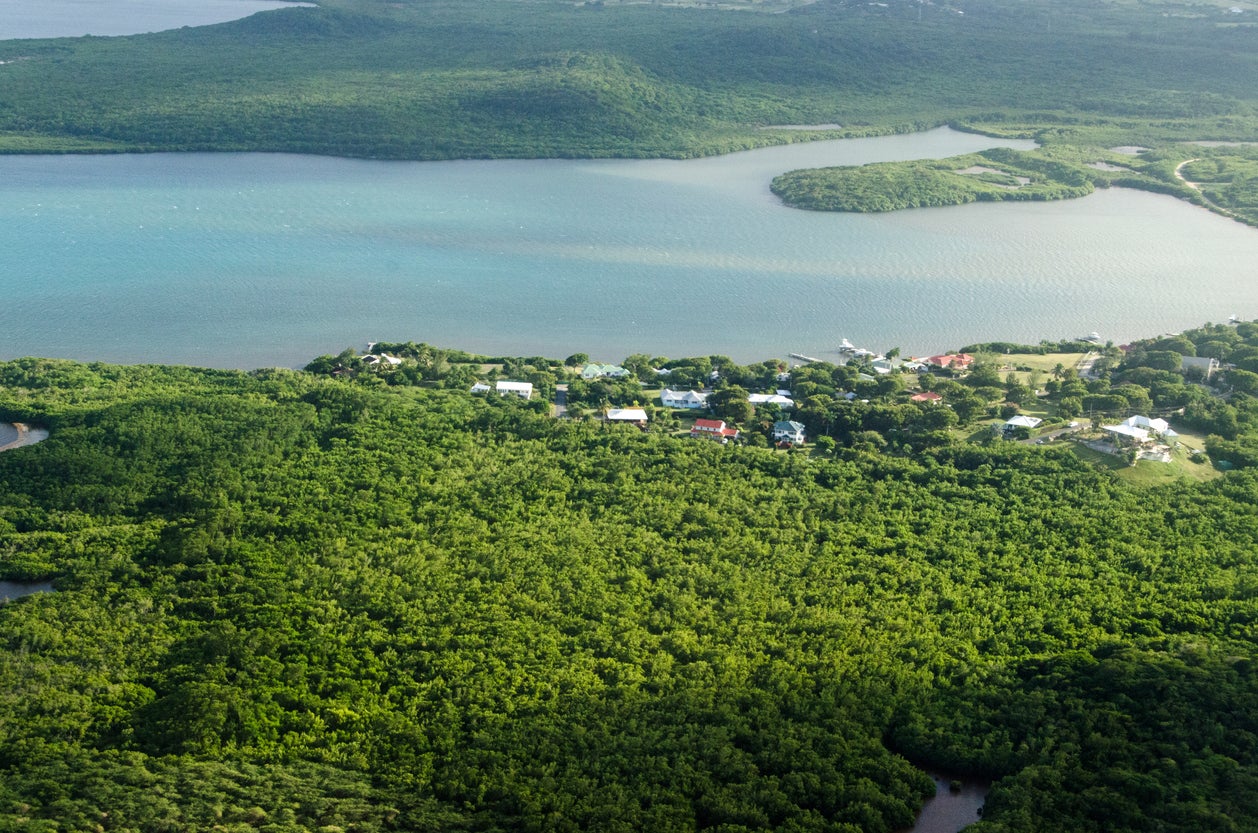
Though Antigua is arguably better known for its coastline than its rainforests, this island is home to a markedly different landscape once you travel inland. As you move away from white sands and azure seas, you’ll be met by tall hills covered in dense vegetation and thick jungle; this environment provides great hiking trails, such as those in the Wallings Nature Reserve. Visitors here can join guided walking tours where they can see tropical plants and plenty of local wildlife while learning about the reserve and its nature.
Read more: The most affordable destinations in the Caribbean
Kayak through mangroves and reefs
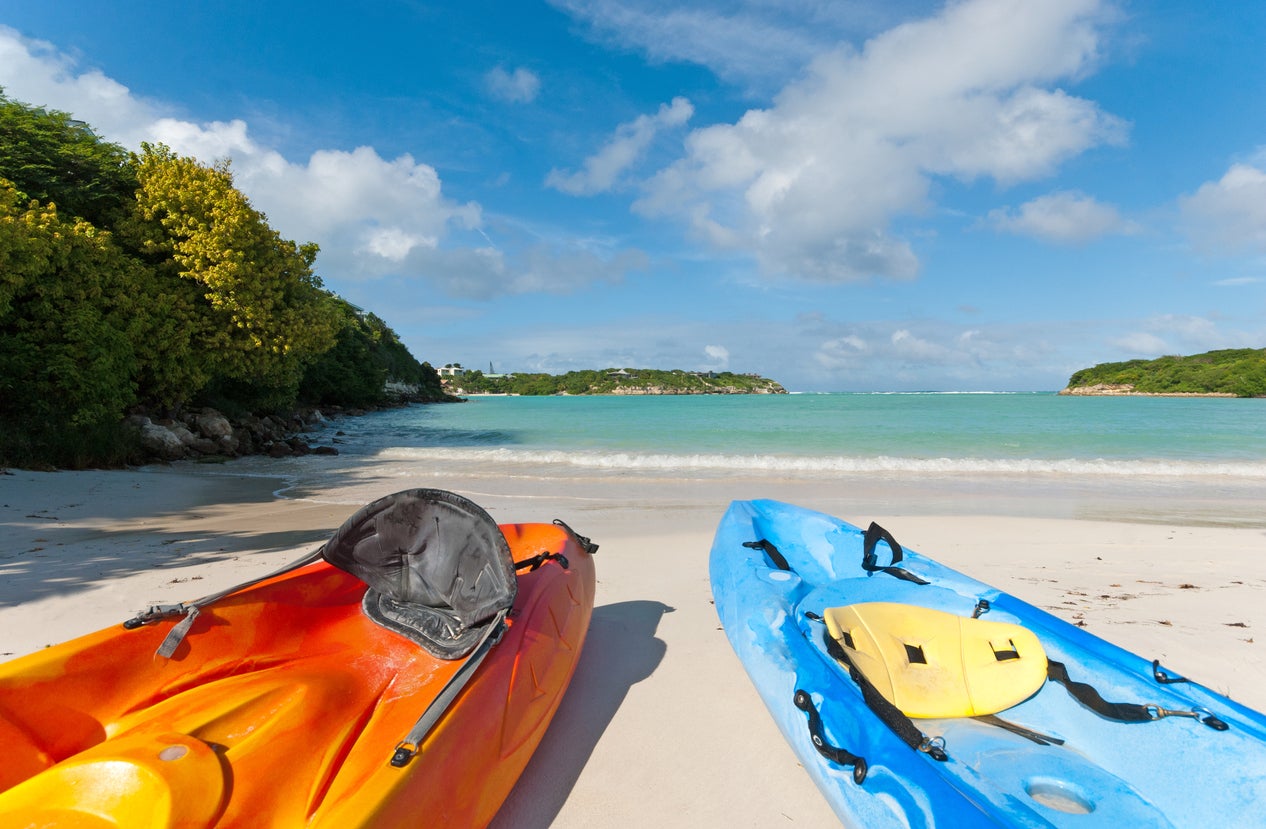
Along with the usual water sports and sailing offered on beaches and harbours throughout the island, there is plenty of opportunity to explore Antigua by kayak. You can visit the Atlantic coastline, tiny islands and exotic mangroves on a guided tour, with the area around North Sound Marine Park the best place to go. Alongside paddling through reefs and mangroves, you can laze on the beach and even swim or snorkel with turtles as part of the half-day tour.
Read more: The best Caribbean islands for winter sun and beach stays



 Africana55 Radio
Africana55 Radio 
